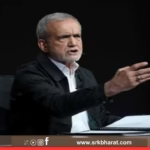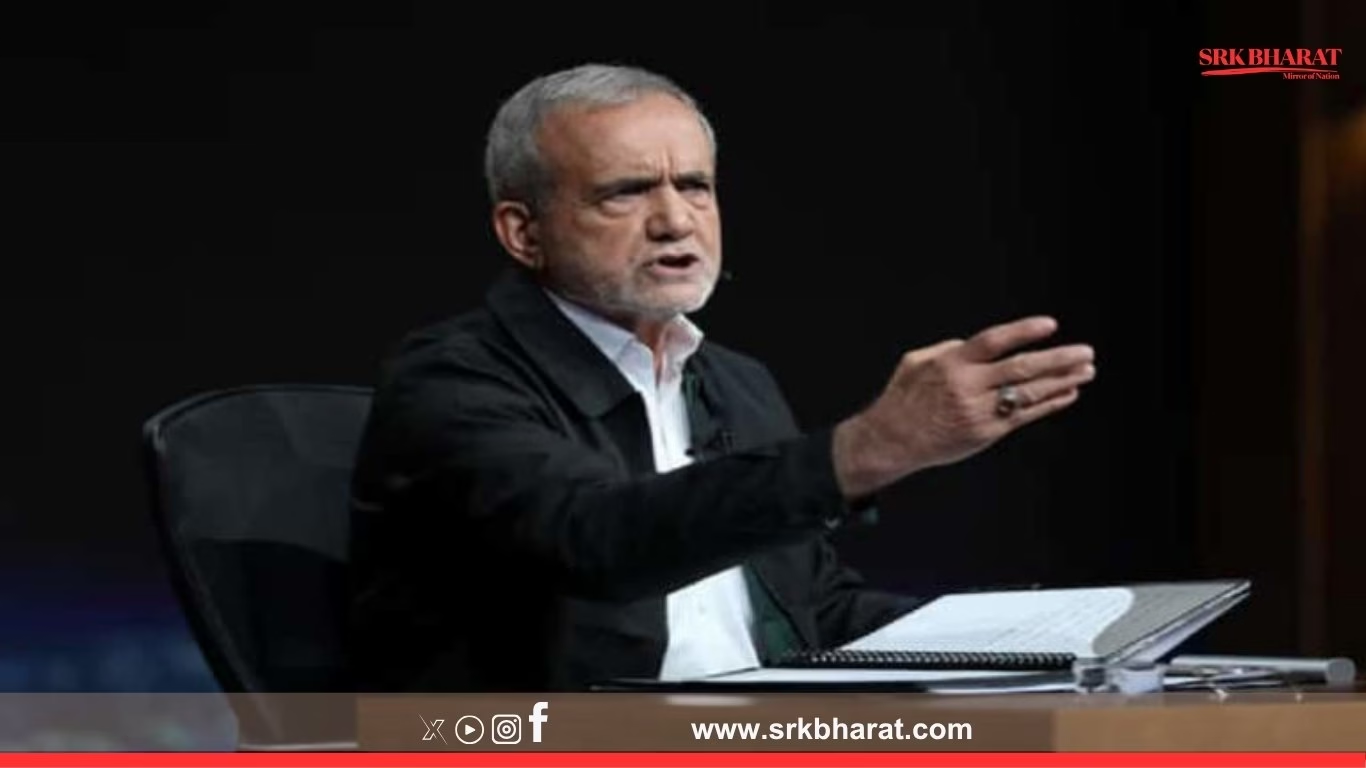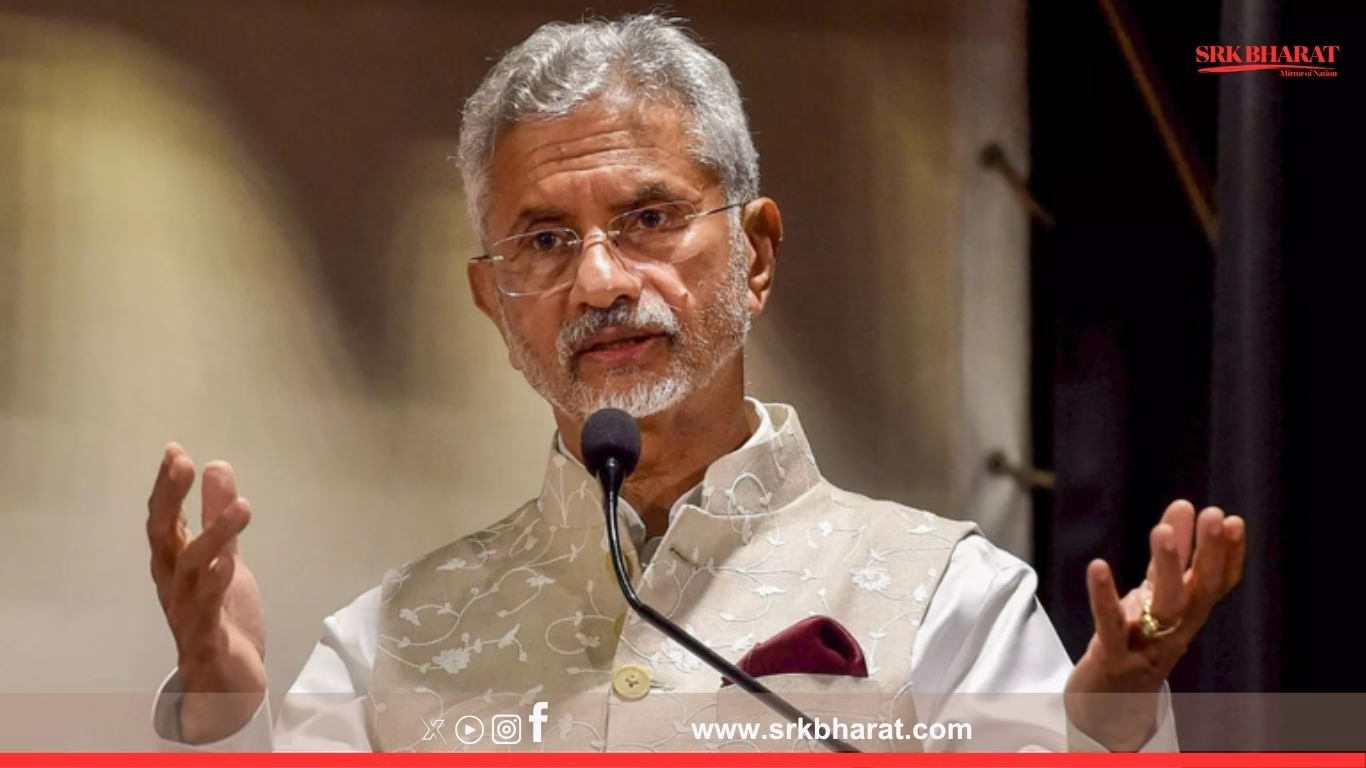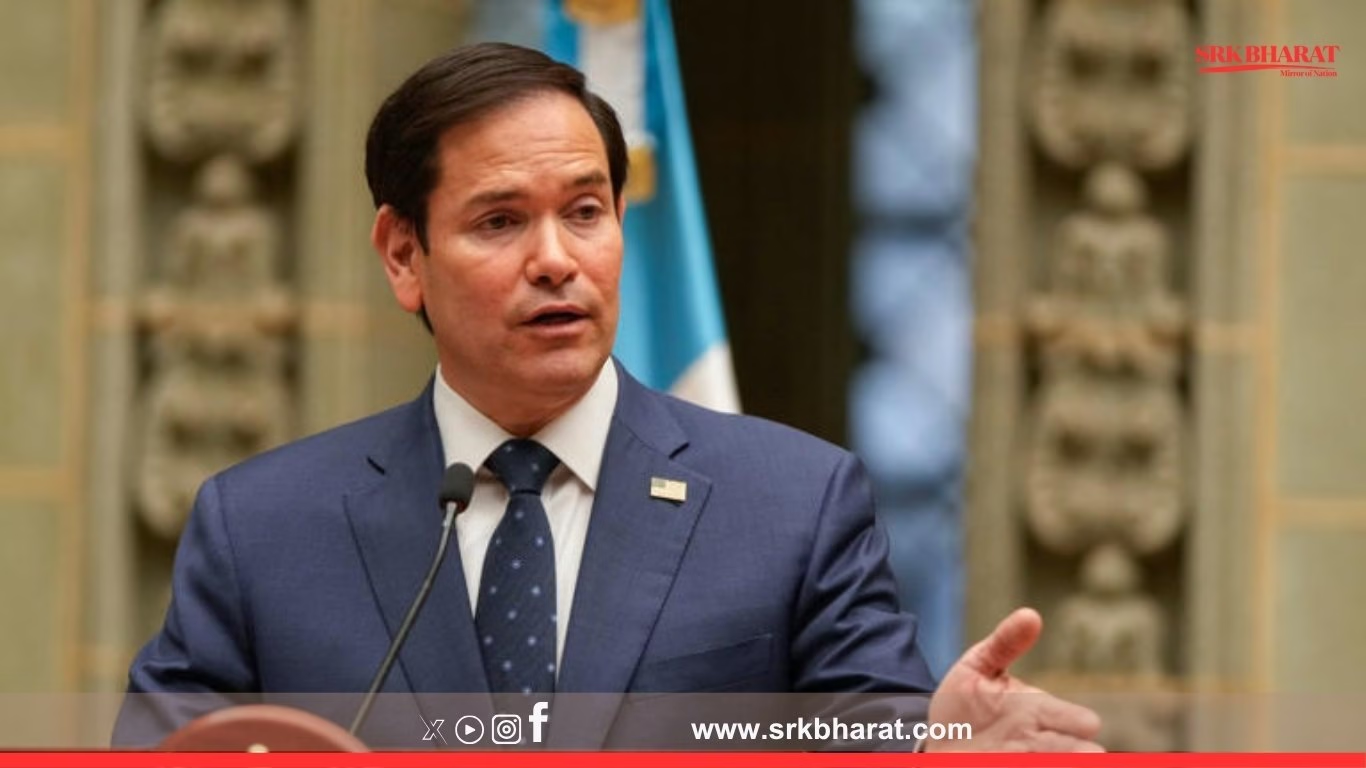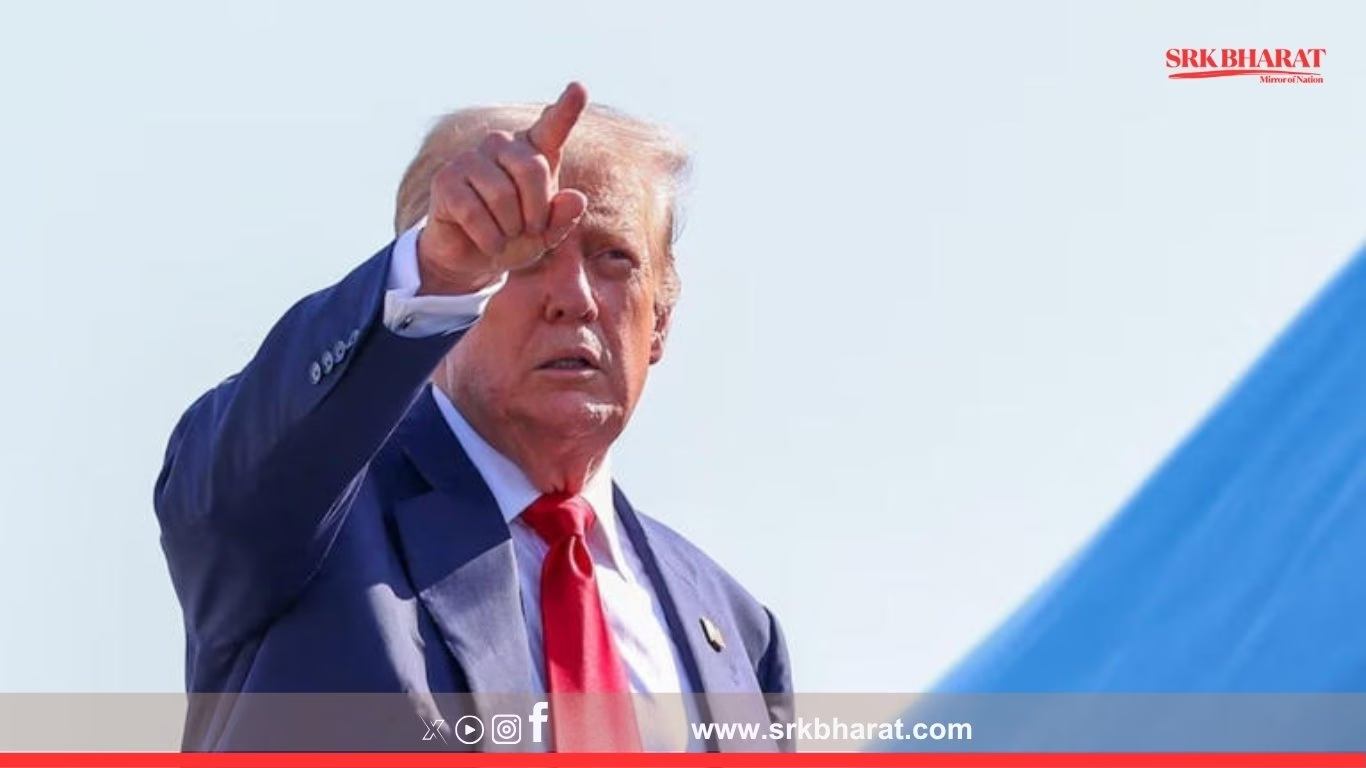In a significant escalation of his protectionist economic agenda, former US President Donald Trump on Tuesday announced new tariffs on six additional countries, including the Philippines and Iraq, drawing sharp criticism from international trade bodies and raising concerns over global economic stability.
Details of Trump’s announcement
Addressing a rally of supporters and business leaders, Trump stated:
“We will impose tariffs on nations that continue to exploit our markets without fair reciprocity. This is about American jobs and American strength.”
According to his statement, the six targeted countries are:
- Philippines
- Iraq
- Vietnam
- Thailand
- Nigeria
- Egypt
Reasons behind the tariffs
Trump’s team cited multiple factors prompting the move:
- Trade imbalance: High US import volumes with limited exports.
- Currency manipulation allegations: Particularly against Vietnam and Thailand.
- National security concerns: Notably in the case of Iraq and Nigeria.
- Protection of US industries: Including steel, agriculture, and electronics.
Economic sectors targeted
The tariffs will cover a wide range of imports. Preliminary reports suggest levies between 10% and 25% on:
| Country | Key Products Facing Tariffs |
|---|---|
| Philippines | Electronics, processed food, textiles |
| Iraq | Crude oil derivatives, chemicals |
| Vietnam | Furniture, apparel, electronics |
| Thailand | Automotive parts, seafood |
| Nigeria | Oil, leather products |
| Egypt | Cotton, ceramics, glassware |
Global reaction and criticism
World Trade Organization (WTO)
The WTO expressed “grave concern” over the announcement, warning of:
- Potential trade retaliation by affected countries.
- Disruption to global supply chains, especially electronics and energy.
- Violation of multilateral trade norms, if tariffs are unilateral without dispute resolution.
Philippines reaction
Philippine Trade Secretary Alfredo Pascual said:
“We deeply regret this move by the US administration. It will adversely impact our export competitiveness, especially SMEs dependent on electronics and apparel shipments.”
Iraq’s response
Iraq’s Oil Ministry warned that tariffs on oil derivatives may:
- Raise global oil prices.
- Impact ongoing US-Iraq energy cooperation projects.
- Increase Middle East geopolitical tensions.
Analysts warn of economic implications
Economists caution that Trump’s aggressive tariff expansion could:
- Trigger a cascading trade war, as nations retaliate with counter-tariffs.
- Raise costs for US consumers and manufacturers, particularly electronics assemblers relying on components from Vietnam, Thailand, and the Philippines.
- Disrupt global oil supply chains, especially if Iraq imposes counter-restrictions on US firms operating in its energy sector.
Trade war under Trump: A look back
During his presidency, Trump used tariffs extensively as a foreign policy tool. Notable measures included:
| Year | Target | Tariff Details | Outcome |
|---|---|---|---|
| 2018 | China | 25% tariffs on $250 billion worth goods | Triggered largest US-China trade war |
| 2019 | EU | 10-25% tariffs on aircraft and food products | EU imposed counter-tariffs on US goods |
| 2020 | Global steel & aluminium | 10-25% tariffs under ‘national security’ grounds | Faced WTO disputes and global backlash |
US domestic political impact
Supporters argue the tariffs protect US jobs and industries facing unfair global competition. However, business lobbies including the US Chamber of Commerce criticised the move:
“Tariffs are taxes on American consumers and businesses. We urge policymakers to prioritise negotiated solutions over unilateral escalation.”
Possible retaliation by targeted countries
Trade analysts anticipate:
- Philippines and Vietnam may impose duties on US agricultural exports, impacting soybeans and meat producers.
- Thailand could restrict US automotive exports.
- Iraq and Nigeria may reallocate oil contracts to Russian, Chinese, or European firms as counter-leverage.
- Egypt could raise duties on US machinery imports.
Election year strategy?
Political observers see this tariff expansion as a calculated move to consolidate Trump’s domestic voter base, particularly in manufacturing-heavy swing states, amid an intense election campaign.
A senior Republican strategist commented:
“Trump’s trade nationalism resonates with blue-collar voters who feel left behind by globalisation.”
However, critics warn this could damage diplomatic ties with Southeast Asia, Africa, and the Middle East at a time when the US seeks to counter China’s influence in these regions.
Impact on US-Asia geopolitical dynamics
The tariff targeting of the Philippines, Thailand, and Vietnam — key US security allies in Southeast Asia — could strain strategic partnerships essential for countering China’s maritime assertiveness. A Manila-based defence analyst said:
“These economic actions risk undermining Washington’s Indo-Pacific strategy, potentially driving regional allies closer to China’s economic orbit.”
Timeline of new tariff implementation
| Phase | Action | Expected Date |
|---|---|---|
| Phase 1 | Publication of detailed tariff list | Mid-July 2025 |
| Phase 2 | Public consultation period | Until August 2025 |
| Phase 3 | Tariffs formally come into force | September 2025 |
Historical perspective: Tariffs as policy
Trade historians note that tariffs were once the US government’s main revenue source before income tax introduction in 1913. However, in the modern globalised economy, protectionist policies often invite retaliatory measures and market disruptions.
Future outlook
Global markets await:
- Formal publication of tariff schedules in the Federal Register.
- Responses from ASEAN and OPEC on potential countermeasures.
- Reactions from US manufacturers and importers, who may approach courts or lobby for exemptions.
Conclusion
Trump’s fresh tariff announcement targeting the Philippines, Iraq, and four other nations signals a renewed era of aggressive economic nationalism. As stakeholders brace for potential ripple effects across supply chains, trade routes, and diplomatic corridors, the world watches whether this strategy yields domestic political dividends at the cost of global trade stability.
Disclaimer
This article is intended purely for journalistic and informational purposes. It includes official statements, economic data, and analytical commentary. Readers are advised to follow updates from government and trade bodies for the latest developments.



